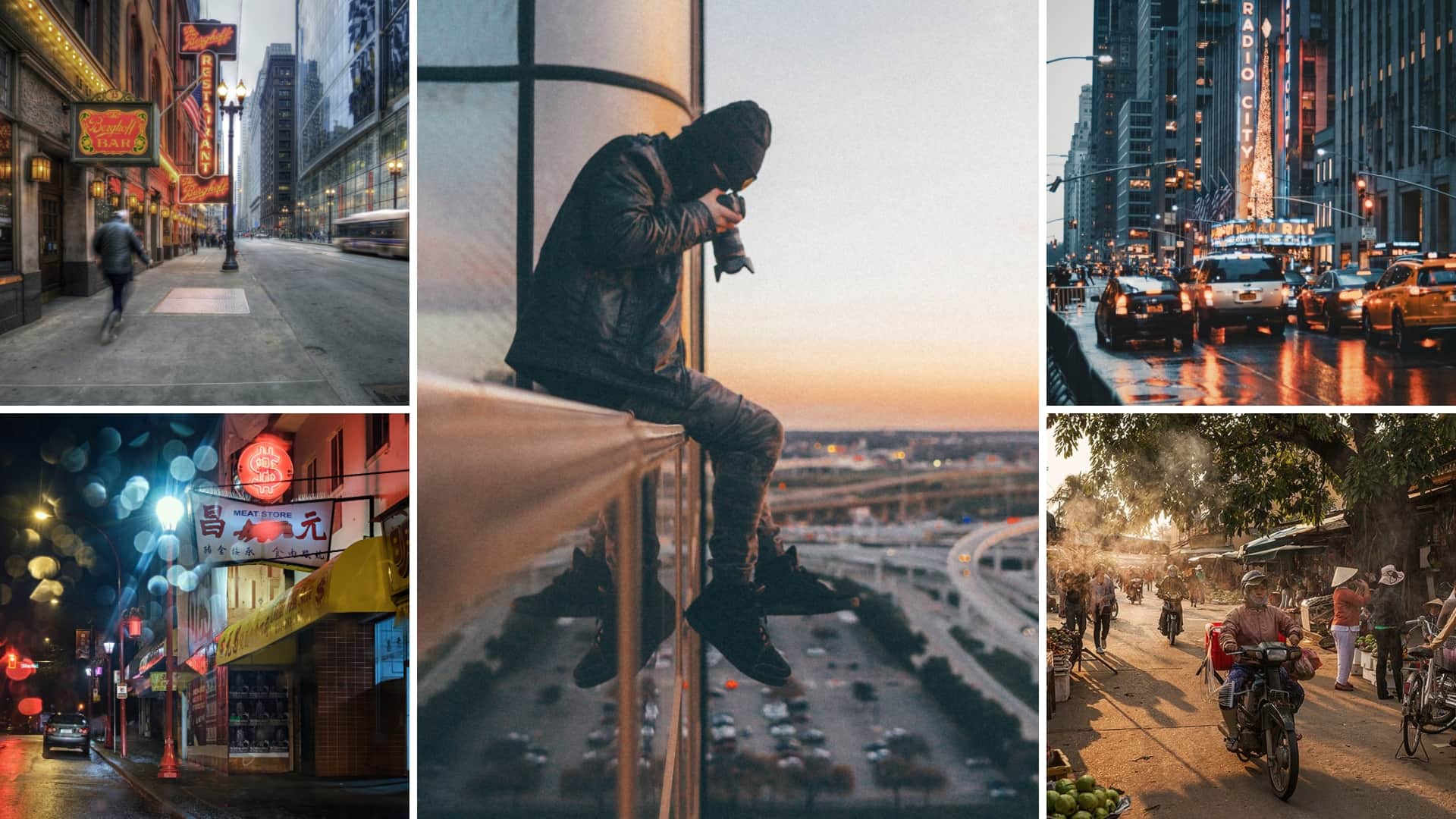Fascination About Framing Streets
Table of ContentsAll About Framing StreetsWhat Does Framing Streets Mean?Not known Facts About Framing StreetsOur Framing Streets PDFsNot known Incorrect Statements About Framing Streets The 30-Second Trick For Framing Streets
Digital photography category "Crufts Pet dog Show 1968" by Tony Ray-Jones Road digital photography (also in some cases called candid photography) is photography conducted for art or inquiry that includes unmediated opportunity experiences and random events within public locations, usually with the goal of catching pictures at a decisive or touching minute by careful framing and timing. 
All About Framing Streets
Susan Sontag, 1977 Street digital photography can focus on people and their actions in public. In this respect, the road photographer is similar to social docudrama digital photographers or photojournalists who likewise function in public areas, but with the objective of catching relevant occasions. Any of these digital photographers' images might record people and building noticeable within or from public places, which typically entails navigating ethical issues and legislations of privacy, safety, and home.
Representations of day-to-day public life create a style in virtually every duration of world art, beginning in the pre-historic, Sumerian, Egyptian and very early Buddhist art durations. Art managing the life of the street, whether within sights of cityscapes, or as the leading motif, shows up in the West in the canon of the Northern Renaissance, Baroque, Rococo, of Romanticism, Realism, Impressionism and Post-Impressionism.
Framing Streets for Beginners
Louis Daguerre: "Boulevard du Temple" (1838 or 1839) In 1838 or 1839 the first picture of numbers in the street was taped by Louis-Jacques-Mand Daguerre in one of a pair of daguerreotype views drawn from his studio home window of the Boulevard du Temple in Paris. The second, made at the elevation of the day, shows an uninhabited stretch of road, while the other was taken at concerning 8:00 am, and as Beaumont Newhall records, "The Boulevard, so frequently loaded with a relocating throng of pedestrians and carriages was completely solitary, other than an individual that was having his boots combed.
His boots and legs were well specified, however he is without body or head, due to the fact that these were in motion." Charles Ngre, waterseller Charles Ngre. https://www.ted.com/profiles/45936507 was the very first professional photographer to achieve the technological class required to register individuals in motion on the street in Paris in 1851. Digital Photographer John Thomson, a Scotsman dealing with reporter and social lobbyist Adolphe Smith, released Road Life in London in twelve regular monthly installations beginning in February 1877
Framing Streets Can Be Fun For Anyone
Eugene Atget is related to as a progenitor, not due to the fact that he was the initial of his kind, yet as an outcome of the popularisation in the late 1920s of his document of Parisian roads by Berenice Abbott, that was influenced to carry out a similar documentation of New York City. [] As the city created, Atget aided to promote Parisian streets as a worthy topic for digital photography.

Some Known Details About Framing Streets
Andre Kertesz.'s commonly appreciated Images la Sauvette (1952) (the English-language version was labelled The Definitive Moment) advertised the idea of taking a photo at what he termed the "decisive minute"; "when type and material, vision and structure merged into a transcendent whole" - 50mm street photography.
The Of Framing Streets
, then a teacher of young kids, connected with Evans in 193839.'s 1958 book,, was considerable; raw and frequently out of emphasis, Frank's images questioned traditional photography of the time, "challenged all the official regulations laid down by Henri Cartier-Bresson and Pedestrian Evans" and "flew in the face of the wholesome pictorialism and heartfelt photojournalism of American magazines like LIFE and Time".